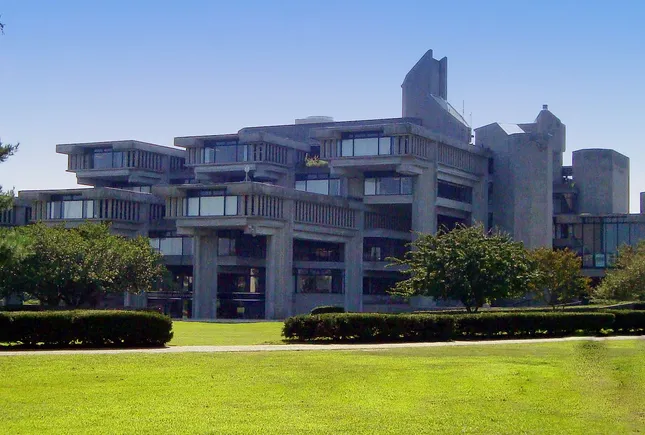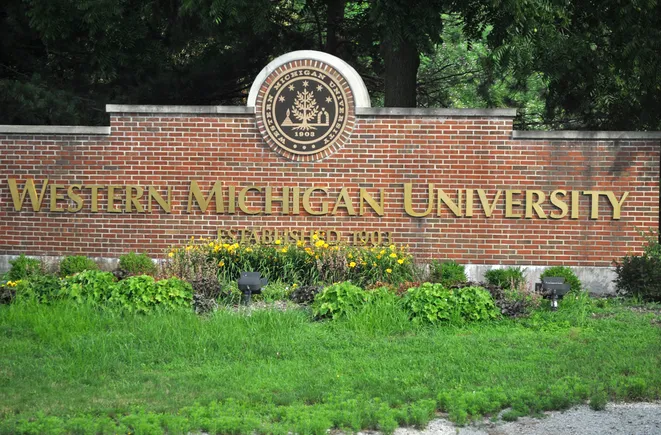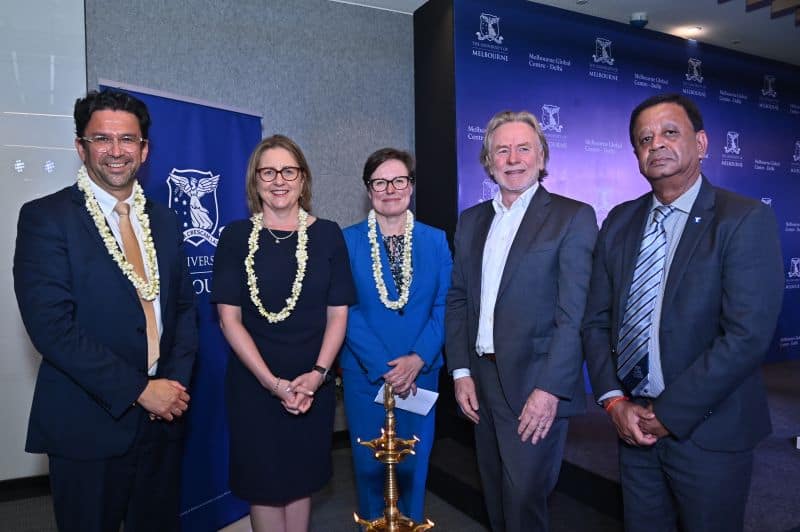Dive Brief:
- As deferred maintenance at higher education institutions mounts, the growing backlog of needed capital investment presents a “hidden liability” for the sector, according to a Moody’s Ratings report this month.
- Collectively, the capital needs for facilities amount to between $750 billion and $950 billion over the next decade for colleges the agency rates, according to Moody’s. With fewer financial options, many colleges will resort to taking on new debt to finance investments, analysts said.
- Moody’s analysts expect infrastructure spending to pick up as colleges take on projects put off during the pandemic. But “few have the necessary resources and credit strength to sustain the higher amounts needed to tackle the full extent of their infrastructure needs,” they said.
Dive Insight:
With infrastructure — as with many other aspects of running a college these days — a divide is growing between institutions with stable resources and enrollment and those that are struggling.
In their report, Moody’s analysts said institutions that “are growing, well-resourced and have diverse capital funding sources, as well as multiple business lines, will sustain the highest levels of infrastructure spending across the sector.”
Even some large public universities, however, are behind on their infrastructure investment. The University of Massachusetts system, for instance, is facing a deferred maintenance backlog amounting to $4.8 billion that has piled up over a decade, the analysts noted.
Meanwhile, of the approximately 500 colleges that Moody’s rates, the roughly 30% with credit and financial difficulties will “face hard capital-strategy choices,” the analysts said.
“The colleges and universities with strained budgets, sluggish revenue growth and limited debt capacity at their current rating level will still dedicate significant resources toward campus infrastructure despite increasing uncertainty around their future,” they added.
Institutions can’t put off spending on facilities forever. Doing so could exacerbate enrollment declines.
As the Moody’s team put it, “colleges and universities that are unable to offer updated facilities, advanced technology and an attractive physical environment risk losing competitive standing.”
Deferred maintenance could also lead to higher costs if infrastructure deteriorates to critical levels. One case study from consultancy EAB pointed to the University of New Mexico, when, some years ago, a waterline break led to cascading issues amounting to $100,000 in repairs along with labor hours and lost productivity.
Aside from a daunting and expensive backlog, colleges also face rising costs for materials and construction. Between 2019 and 2023, the cost of building supplies and construction services grew 19%, considerably outpacing the growth in operating budgets, according to building intelligence firm Gordian.
A Gordian report from this spring also found that in 2023, investment in existing campus facilities grew more than 26% year over year, a spike the firm called a “remarkable shift” that showed college leaders were increasingly focused on “the value of physical assets to the campus experience.” But construction costs weighed on that uptick.
#hidden #liability #Colleges #face #950B #capital #Moodys










